Food for the Soul: The 19th International Chopin Piano Competition in Warsaw
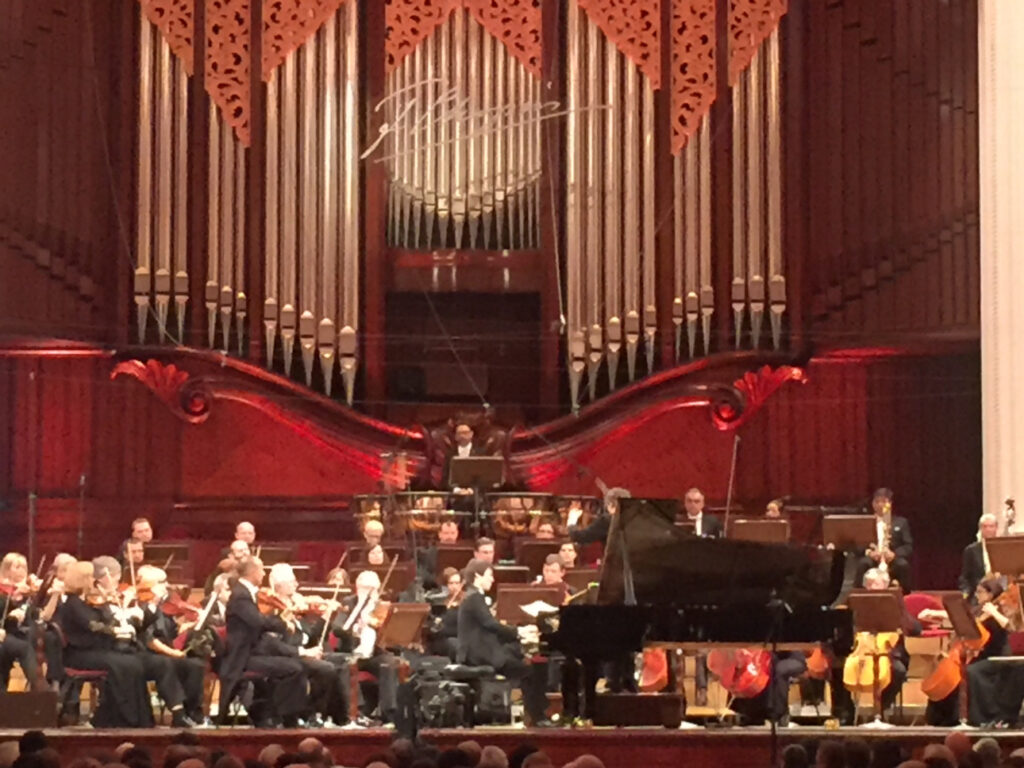
By Nina Heyn
Frédéric Chopin was born in 1810 in Żelazowa Wola (near Warsaw). A musical prodigy, he was already performing at the age of seven at aristocratic salons, and his first polonaise was published when he was eight years old. His most famous “Heroic” Polonaise in A Flat major (op. 53) is probably one of the most recognizable pieces of classical music and a touchstone of Romanticism.
After graduating from the University of Warsaw in 1829, Chopin left Poland forever, spending the rest of his sadly short life in exile in Paris. At the time, Poland was reeling after yet another uprising (this is a country that has been repeatedly invaded by someone—Mongols, Swedes, Germans, or Russians—over most of its 1100-year history), and Chopin joined thousands of other young men who were either escaping Russian reprisals or seeking career opportunities in the free world. Chopin soon became the darling of both the high society and the music world, performing concerts and tutoring aristocratic Parisian clients, but he never forgot his musical roots in Poland, creating polonaises and mazurkas inspired by the dances and tunes of his youth.
In turn, Poland has never forgotten its most famous son, repatriating his heart from Paris to be buried at the most prominent Warsaw church, and in so many Polish homes his music is performed or listened to. Chopin’s music is played for free all summer at Warsaw’s Royal Bath Gardens by the most famous pianists, and throughout the year there are concerts at festivals, at his birthplace estate, at cultural centers, at churches, and all day long on the radio and streaming channels. The international piano competition is the most important event in the “world of Chopin,” not only in his native country but also for the young musicians who attend from all over the world.
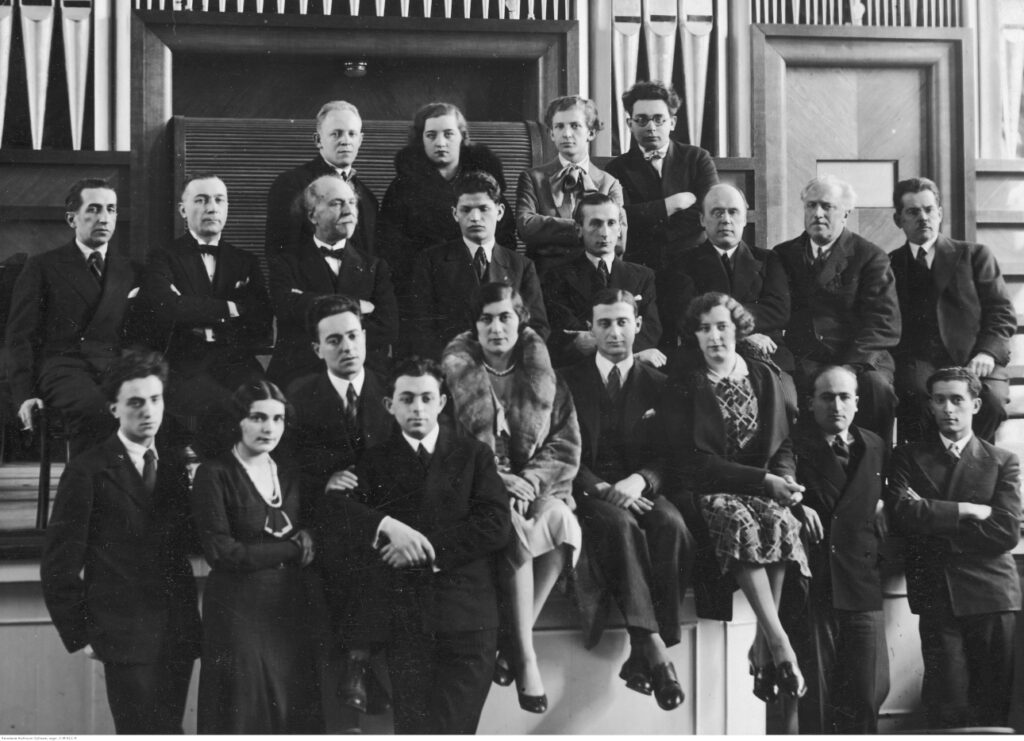
There have been 18 competitions every five years since 1927. They are open to pianists between ages 16-30, admitted after several rounds of auditions and eliminations. The event did not take place during WWII when Warsaw was occupied, and it was postponed during Covid. This year, the competition will take place from October 3-21. Whereas the first event in 1927 featured barely 27 applicants, the popularity of this piano competition—one of the most prestigious in the world—has since grown exponentially. In 2025, a record number of applications was submitted: 642 from 54 countries. Auditions have whittled it down to 84 pianists from 19 countries who will compete in three elimination stages.
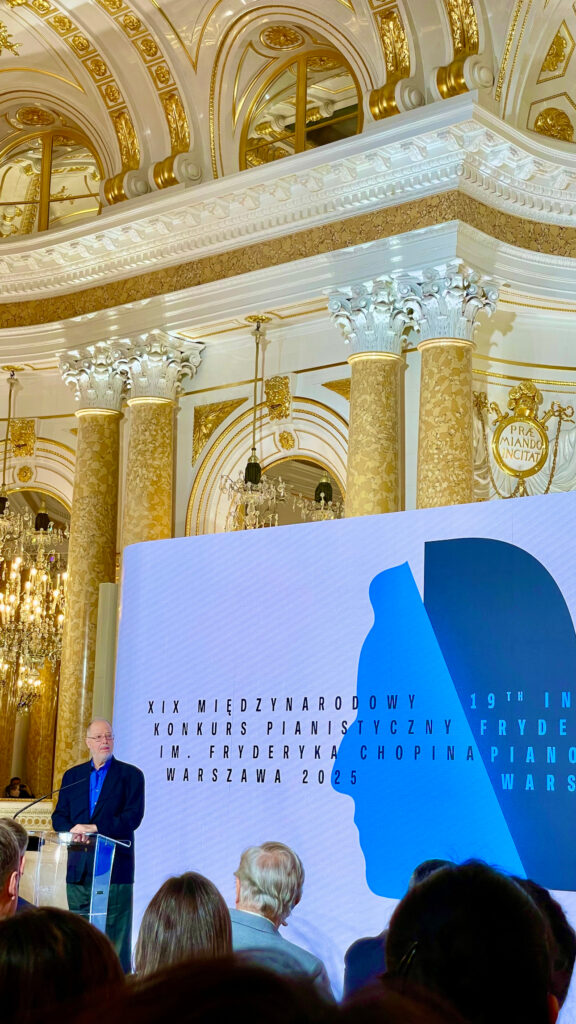
For the first time ever, this year’s competition will be presided over by a musician who is not Polish. This honor was given to Garrick Ohlsson (b. 1948), who in 1970 became the first and so far only American pianist to win the competition. Ohlsson, a classical music maestro, is known for having recorded all of Chopin’s works for Hyperion Records. At the opening ceremony, Ohlsson emphasized the level of skill that every competitor possesses, noting that being admitted to this competition proves the highest level of achievement: “For a pianist who can play all Chopin etudes reasonably well, there isn’t much more in the whole piano repertoire from that time or even after that cannot be done. In other words, Chopin established a basis of almost all that can be done by a human with 10 fingers.”
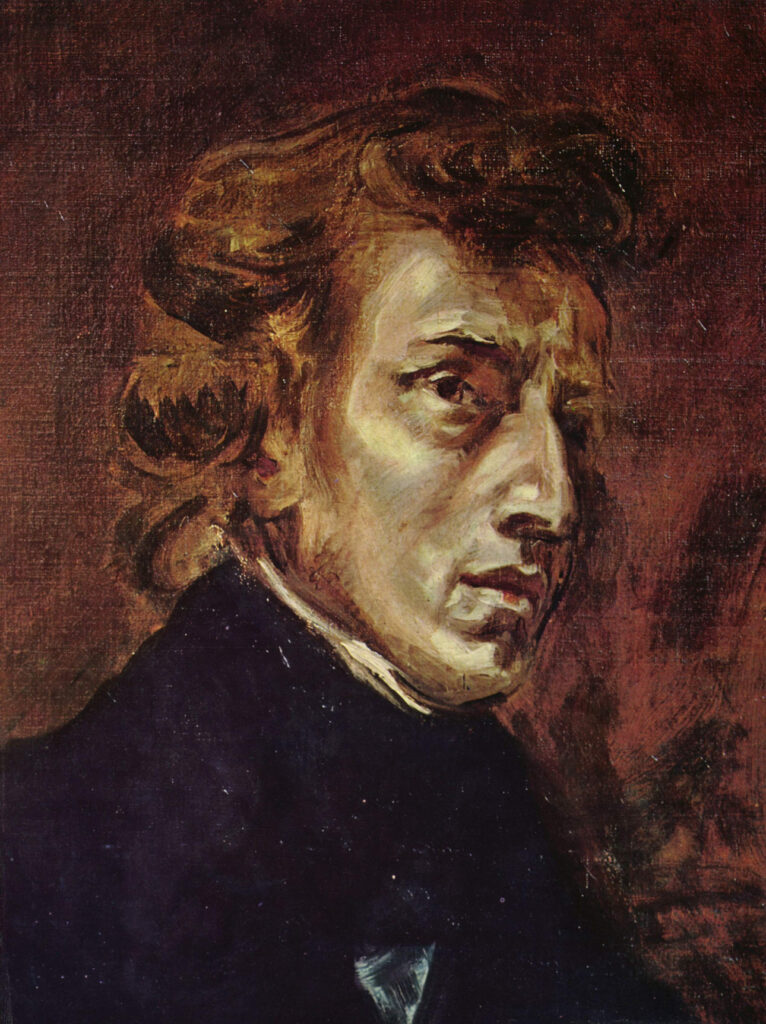
In the 1930s, the competition performances were broadcast on the radio. After WWII, they moved to television, and now, the time has come for streaming. For the young audiences, TikTok will livestream straight from the concert hall—a streaming partnership that is taking place for the first time in the history of the competition. The #ClassicalMusic hashtag has grown at this platform by 60% over the past year, with more than 813,000 posts sharing performances and insights—a sign that the younger generations have acquired a taste for classical music. YouTube was already a prominent conduit to this competition during the last event in 2021—videos from that year’s competition performances have been viewed 37.5 million times and this year all the performances are streaming live as well. All of these data have been carefully collected by the Chopin National Institute, the state-run board that organizes the competition, conducts academic research, manages the Chopin Museum, and oversees accompanying community projects such as the “Chopin Effect” initiative of 300 regional concerts, including such events as a music and laser show at a soccer stadium or a premiere of a new Chopin biopic.
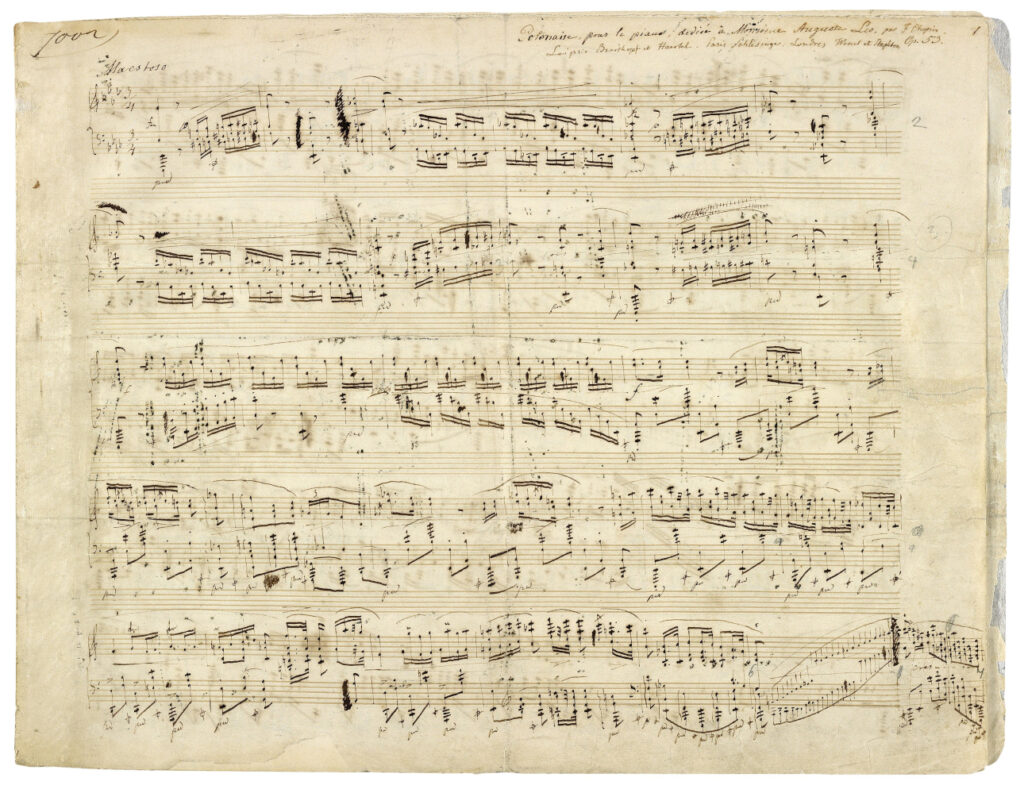
Previous competitions reached five billion hits of media coverage on online platforms, in the broadcast and written press, and this year’s event is expected to surpass that number. Tickets for competition performances went on sale a year ago and have sold out right away; tickets for the finals have sold out in three minutes flat.
Below is a video of the traditional summer concert of Chopin’s music that is held twice every Sunday between May and the end of September. These concerts are free and take place around Chopin’s statue in the Royal Bath Gardens, which are the location of the palace and gardens of the last king of Poland, Stanislaw August Poniatowski.
